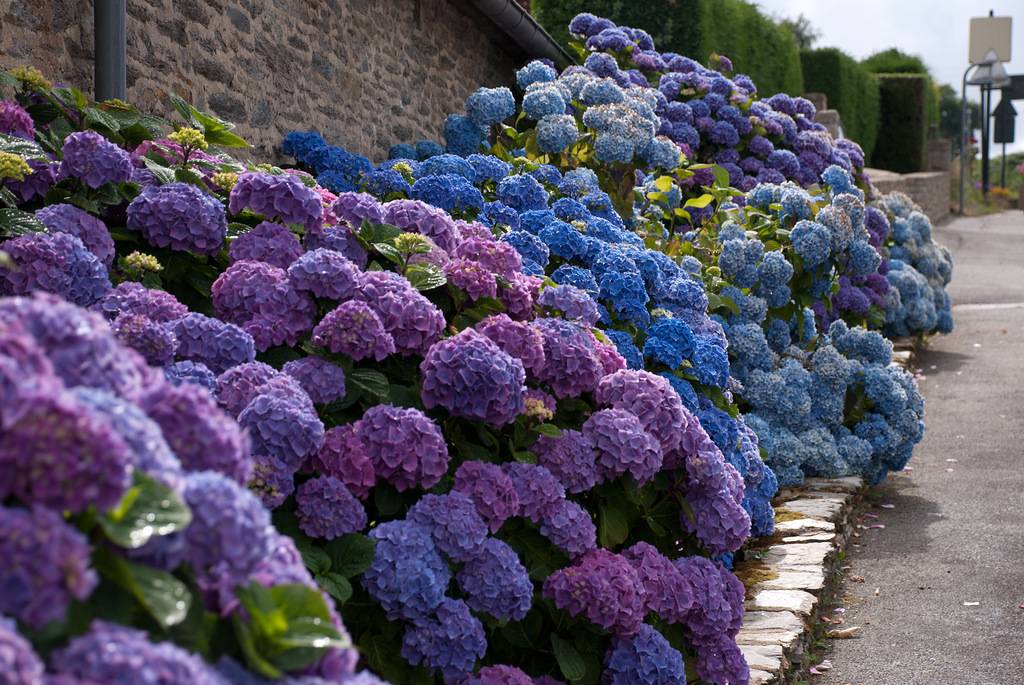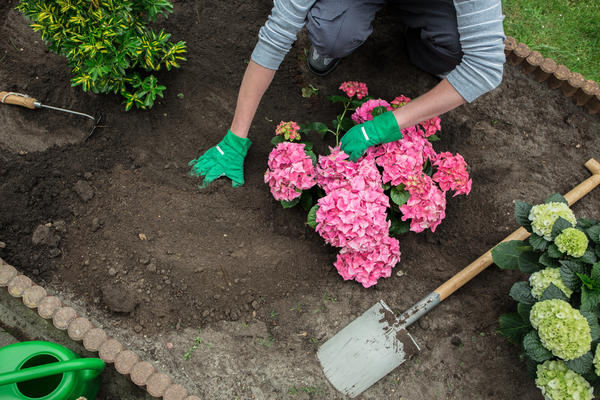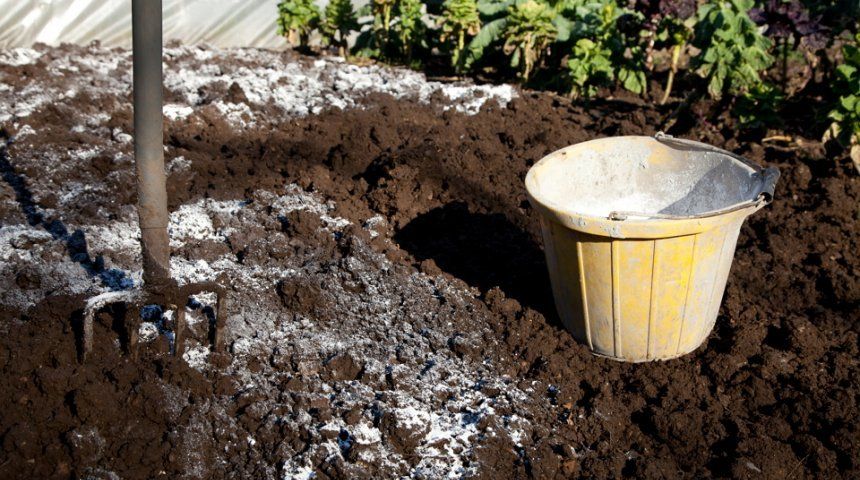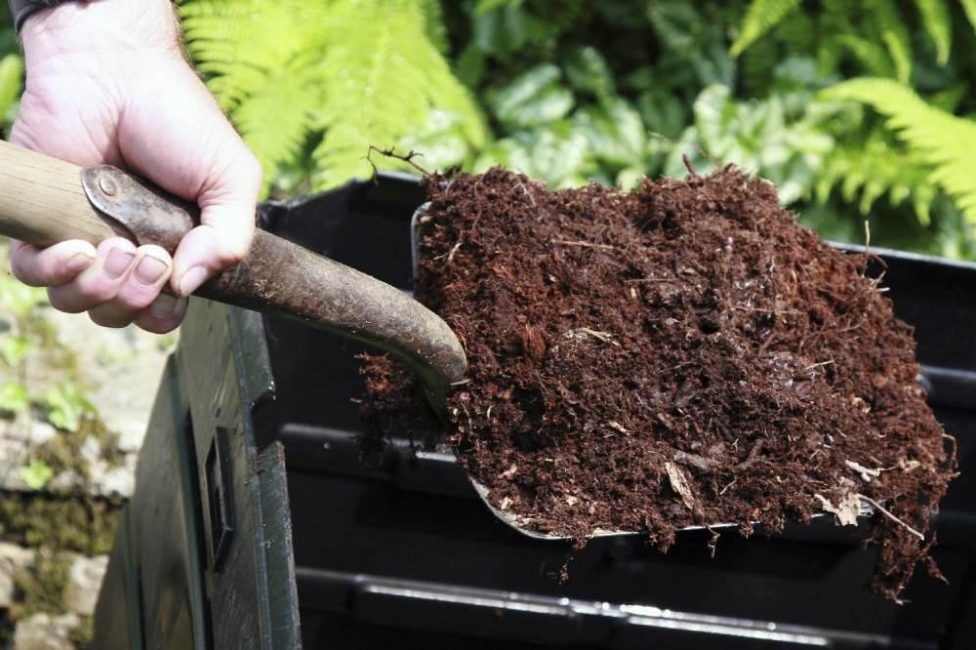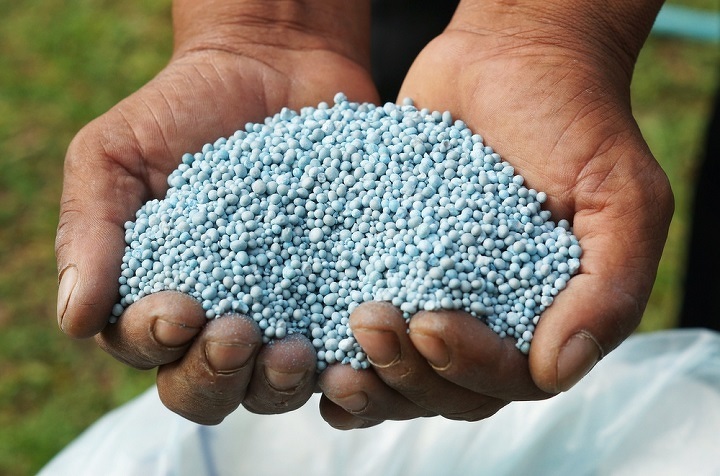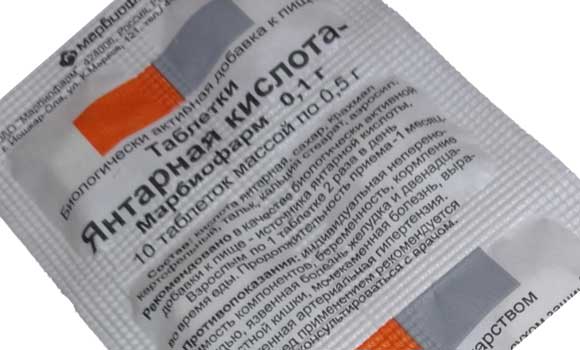Content:
There is no more amazing flower than hydrangea. The Hortensiev family combines from 30 to 80 types of flowers (according to various sources, the number of species varies). They are grown both at home and in the garden. They delight their owners with long flowering. The hydrangea is especially interesting in that it can change the color of flowers. Surprisingly, the grower can adjust the color change himself. This can be done by knowing how the plant reacts to the acidity of the earth.
Features of agricultural technology
Fertile clay areas with low acidity are most suitable for growing hydrangeas. Hydrangea grows very poorly in sandy areas, a little better - on red soil.
Long-term sunlight and no wind are very important for the plant. It is advisable that the sun was on the site in the morning. When growing a plant in partial shade, it is not possible to achieve abundant flowering.
When breeding hydrangeas in slightly acidic compounds, you can get the brightest flowers possible. If the balance is neutral, the growth of the plant is reduced and the flowers lose their brightness. Alkaline soils do not suit the flower at all. The plant grows very well on soil collected at the place where coniferous trees grow.
Hydrangea and soil acidity
This plant can rightfully be called the queen of the garden. Many argue that it is unpretentious in care, but pleases with a long and abundant flowering only on correctly selected soil.
The following requirements are imposed on the soil:
- The water should not stagnate.
- Soil ventilation is important.
- A certain level of acidity.
How to make the soil acidic for hydrangeas? For abundant flowering, a slightly acidic and medium acidic soil will be optimal. A balance of 5.5 pH is the most appropriate option.
As the hydrangea grows, nutrients from the soil will be transferred to the plant, and the level of soil acidity will gradually decrease. This is a natural process, you should not be afraid of it, there is an opportunity to acidify the earth.
This can be determined by changing the color of the flower. With sufficient acidity of the soil, the plant pleases the eye with a variety of blue shades. These are blue, purple, blue flowers. On alkaline lands, the flowers will be pink and lilac. In this case, blanching of the leaves may be noted.
If the soil is too acidic, it can be deoxidized. There are several ways to do this. The easiest is to apply formulations containing lime. But when growing hydrangeas, the soil should be deoxidized with extreme caution, since she is a lover of an acidic environment.
How to acidify the soil for hydrangea
Soil balance
Before acidifying the earth, it is necessary to determine its balance. To do this, you can use a litmus test, which is sold in specialized stores.You can do this in the folk way, for this you need 9% vinegar. It is necessary to pour a little vinegar on loose soil, with alkaline soil, a characteristic foaming will appear.
Soil acidifying agents
Another affordable way to improve soil quality is to use rotted foliage. It has a beneficial effect on the quality of the seat and water exchange. Also, acidification is carried out using sawdust, peat, bark. First, their acidity with the help of acidic water or sulfur is brought to 3.5-4.5 pH, then they are introduced into the soil.
How to acidify the soil for hydrangea? Before planting the plant, you need to take care of the soil. During the period of soil preparation, a deoxidized electrolyte solution is introduced into the soil, or a solution can be prepared from sulfuric acid. To prepare an acidifier based on an electrolyte (it is still poured into batteries), add 10 ml of the drug to 10 liters of water. Use a solution for watering the soil.
Tips for increasing soil acidity:
- Loose soils are easier to acidify. This is done by adding organic matter.
- Acidifying clay and heavy soils is more difficult. Here, the same introduction of organic substances, on the contrary, lowers the acidity and makes the soil alkaline.
- When organic substances are introduced into loose soils, it will not be able to acidify immediately, but gradually, during their decomposition. If active assistance is required, then sphagnum, compost from oak leaves, is introduced for acidification.
- Sulfur can be applied on heavy clay garden soils. With the participation of bacteria, sulfur is converted into sulfuric acid. For this, 1 kg of sulfur is applied to 9 sq. m, it is best to do this in advance, at least a year before planting.
- Ferrous sulfate is also used to increase the acidity of clay soils. This method can be used directly in the year of planting. Its action is quite fast, the soil balance can be acidified in 15-20 days. Only in this case it is necessary to oxidize the ferrous sulfate. Consumption rate - 0.5 kg per 9 sq. m.
- Ammonia-based fertilizers are one way to acidify soil. There are quite a lot of such fertilizers, but potassium and calcium nitrates are contraindicated for hydrangeas, due to the fact that these ammonia fertilizers, on the contrary, alkalinize the soil.
Watering with acidified water
When growing hydrangeas, it is important that not only the soil has the required acidity, but also the water used for irrigation meets the required indicators, because it can also be alkaline. Therefore, before irrigation, the level of acidity of the water is determined and, if necessary, acidified - this is a very effective way to grow hydrangeas on alkaline soils and not only.
How to acidify water for hydrangea watering? Hydrangea paniculata loves sunlight. In bright sun, she needs daily watering. An electrolyte can be used for these purposes. The consumption rate is 1 ml of electrolyte per 10 liters of water, with which one plant is watered.
Cooking doesn't take long. A large barrel is taken. An electrolyte solution is diluted in it, in the above proportions. Add the same amount of ammonium nitrate. Used for daily watering.
Succinic acid for home hydrangea is the first emergency aid for flower disease. She will help him adapt to inappropriate conditions. You can also use regular lemon juice to acidify the earth.
Feeding hydrangeas with citric acid is applicable. If the soil balance is acidic, then to maintain the acidity level, you can feed it with a citric acid solution about once every 30 days. Add 1 tsp to a bucket of water. acid.
How not to harm hydrangeas
The soil composition is very important when growing hydrangeas. It depends on him not only how fast the flower will grow, but also how it will bloom.
In order for the hydrangea to please its owner, it is necessary to create the right conditions:
- Choose the right place;
- Prepare nutrient soil;
- Water in a timely manner;
- Apply fertilizers;
- Carry out pruning.
Hydrangea grows well on acidified, well-fertilized soil, needs regular watering, but without stagnant moisture and timely pruning. She is responsive to the right growing conditions and thanks for them with bright colors for a long time.
